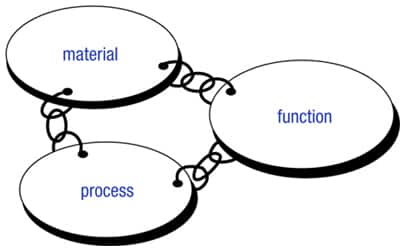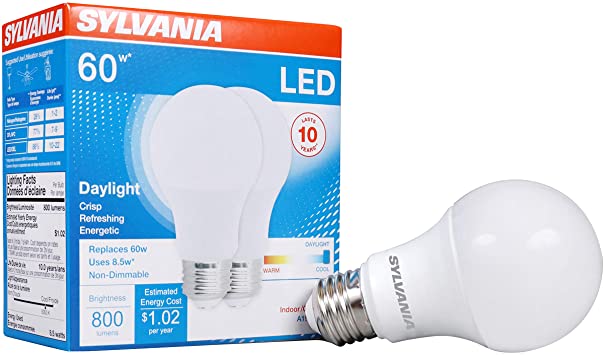
Beyond the phase out of 40 and 60 W standard general service incandescent lamps as part of the Energy Independence and Security Act of 2007, at the start of 2014 the Voluntary California Quality Bulb standard has now been in place for a year so this seemed like an appropriate point to see what has occurred in the market in response to this legislation. Slightly more than a year ago, the California Energy Commission (CEC) finalized guidelines for investor owned utilities on what type of LED replacement bulbs would be eligible for rebates in the residential space. They established a < 1 year transition time where utilities could continue to offer incentives for products which did not meet the new CEC “California Quality Bulb” specification but still meet the current ENERGY STAR LED Bulb requirements. The table below is a quick summary of some key CEC requirements and how they compare with the updated ENERGY STAR bulb specification, which will become effective this September.
In a nutshell, the CEC raised the bar to qualify for an incentive with a significant increase in the Color Rendering Index (CRI) and color control as well as adding 2 years to the minimum warranty period. At the time this legislation was being publicly reviewed, the main concerns raised by some manufacturers were that these requirements would increase power consumption and cost as described in a prior LED Journal article. Using the latest LED Lighting Facts database, I did a search of how many new 60 W equivalent (>800 lumens) A19 medium screw base lamps with a CRI greater than 90 and a color temperature of 2,700 or 3,000 K had been introduced. This lamp was selected as it is one of the most common types used in the residential segment. Recently, four new bulbs were added, all from different suppliers, indicating manufacturers are responding to the market opportunity. This is not surprising since California represents > 10 percent of the US households and tends to be a bellwether for energy efficiency trends in the country. Since the data entered into the LED Lighting Facts is incomplete, it is not clear if all the bulbs will meet all the constraints of the new CEC requirements as some are not released on the market.
One of the bulbs introduced last fall targeting the CEC requirement was the 2700K 800 lumen Cree TW (True White). Since Cree already had an 80+ CRI ENERGY STAR 800 lumen lamp, this offers a vehicle to compare power consumption and price. In this case, the added power for the high CRI implementation increased consumption by 4 W (~ 40 percent power increase to 13.5 W) and the Cree TW product is priced $7 higher; $19.97 versus $12.97 for their 80+ CRI version.
The remaining aspect to consider is on the incentive side. California has a patchwork of public utilities as well as three large investor owned utilities. The latter must have their energy efficiency incentive programs reviewed by the utility commission and all have taken a different approach for the “Quality Bulb” initiative. Based on a random retail pricing sampling in the three utility regions, the incentives specifically on the Cree high CRI lamp versus the comparable 80+ CRI lamp were $10, $7 and $0. So in some areas the full price difference is borne by the consumer, while at the other extreme, the CEC compliant bulb is $3 less than the 80+ CRI version.
As more CEC compliant bulbs come on the market, the situation will no doubt become more dynamic, but it would be interesting to analyze comparable store sales to see how different price points influence market adoption. This would be very useful in seeing how consumers respond to the higher performance “Quality Bulb” and if it encourages retailers to introduce these bulbs in other regions of the country. Of course the most interesting test is replacing an existing bulb with a CEC bulb in a normal household environment and seeing if anyone in the family notices the difference.


